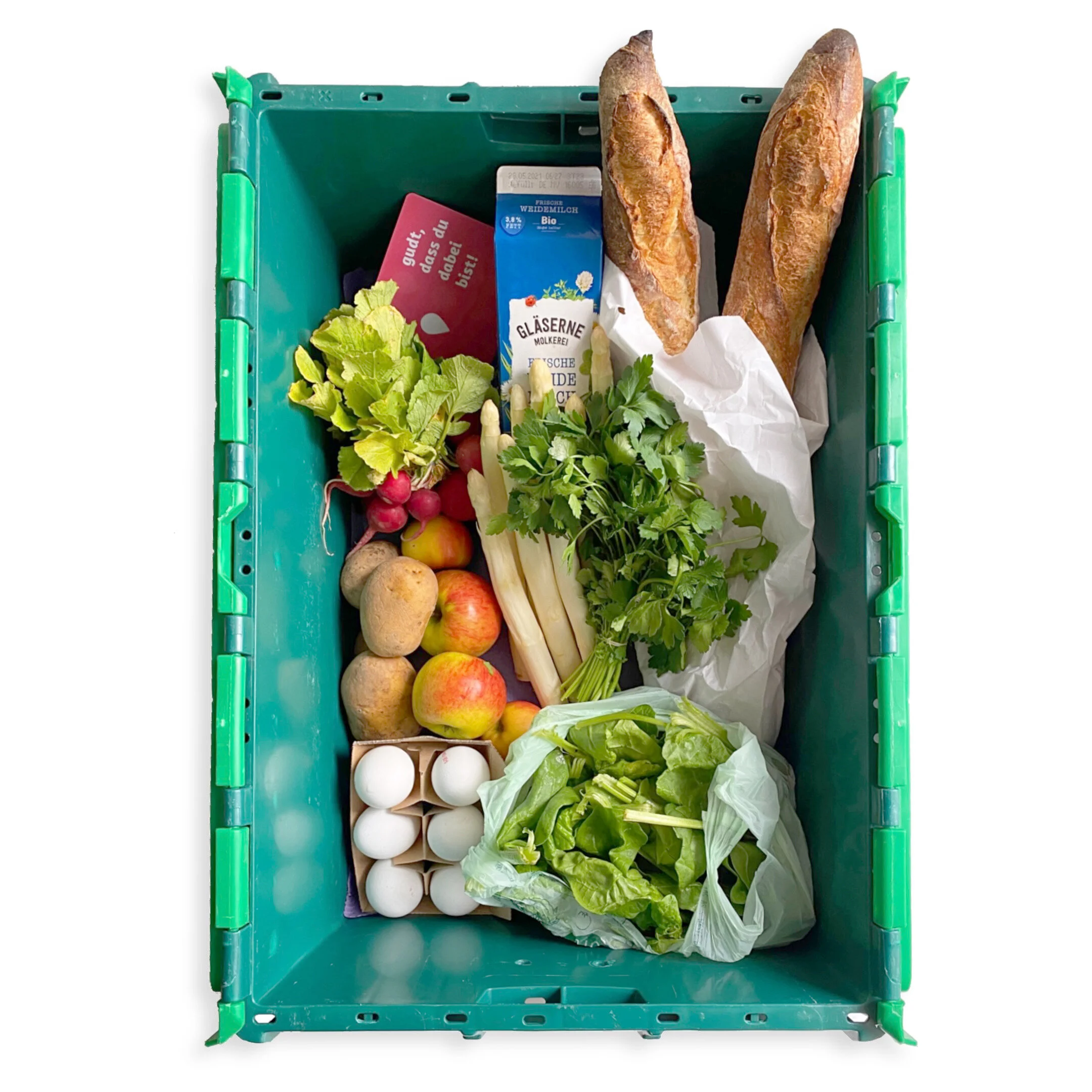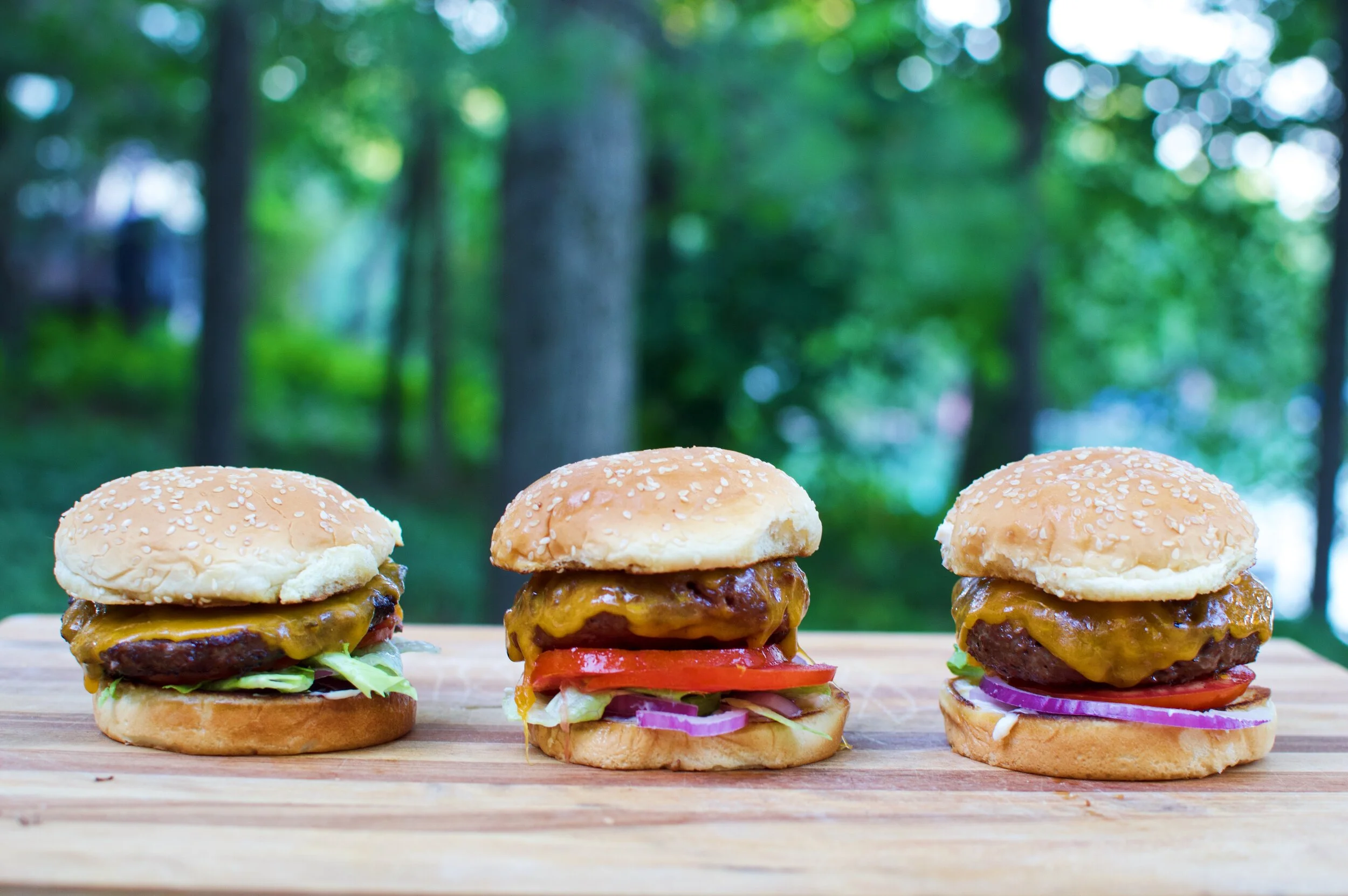My favorite spots in a world-class food town.
Charcuterie Workshop with Nathan Colello Gilmour
A dream of a day yesterday. Let me tell you about it.
I love pork. Prosciutto, ribs, the B in BLT, char siu. Hundreds of the world’s best meat products all coming from the same animal.
But pork is also the worst of industrial agriculture. You’d hope massive systems can withstand any storm, bolstered by billions of dollars and millions of people. But as I often yammer on about, that’s far from the truth: conventional meat production is an infuriatingly fragile system that makes people and planet sicker.
Smoked Trout Dip & Thoughts on Supply Chains
Been thinking more than usual about how food (and other stuff) gets to our doors.
Our supply chains are in crisis. After the initial toilet paper and pasta shortages of the early pandemic, surely we would’ve figured some stuff out, right?
Sidestepping the Supermarket: A look into the DTC activity from startups and corporates going direct
Trouble is brewing for the traditional supermarket model
Grocery stores ain’t perfect. Getting a product on shelves is expensive and complicated. And for niche products, you might be paying a premium to get your product in front of irrelevant shoppers.
Berlin-Friendly 'Everything But The Bagel' Seasoning Copycat
Trader Joe’s “Everything but the Bagel” seasoning is a wand to wave over anything edible and transform it into something bagel-ish. It’s built up a loyal following and been applied in countless ways, most recently mixed into a cream cheese base as an ice cream flavor (for the record: I’m not opposed).
On Butter: "Coagulated Sunlight"
Butter is one of life’s great blessings. Growing up, summer dinners meant platters of steaming sweet corn, smashed and spun into a stick of butter and sprinkled with salt. At Christmas, my mom’s decadent tenderloin and crab leg meals are accompanied by a ramekin of melted butter. And butter’s indulgent richness elevates simple foods to occasion-defining, from a stream of butter-flavored oil on popcorn at the movies to a smear of butter on a warm piece of bread on a good morning.
Growing koji is replicating the environment in which it evolved and thrived: warm and humid.
When the temperature rises, the koji spreads vigorously through the substrate, sending filaments of mycelium into it for digestive enzymes to break down the nutritious surroundings. When the environment gets too warm, the koji protects itself by converting to spores, often a different color and with no enzymatic activity and much harsher flavors.
Simple Koji Applications
Koji’s popularity in fine dining is slowly spreading into home kitchens, meaning both dried koji and koji spores are available with a bit of searching.
Meet Koji, the Friendly Fungus
You may not have heard much about koji, but you’ve certainly tasted it before — it’s a key component of staple umami-boosters like miso and soy sauce, and the trendiest tool of the last few years in high-end restaurants.
But what is koji?
Bouche Kombucha Paints With Flavor
Most commercial kombuchas hit with a one-two punch: a fruity add-in with a smack of acetic acid, somewhere between a juicy vinegar and a fancy soda that’s different, but ultimately not offering much to the palate. Yet after reading writers and chefs I admire extol the virtue of good kombucha, I started to suspect I was missing something.
Beyond vs Impossible: Comparing the Leaders of Meat Mimicry
Growing up in a household with the occasional carton of Boca burgers in the freezer, I remember scrolling across clickbait videos of vegan meat ‘that bleeds!’ a few years back and thinking it was an edgy novelty food, something between Astronaut ice cream and Soylent in its market viability. Then in August 2020, over 7,000 Burger King stores in the US began offering the Impossible Burger, a major shot across the bow from the California startup at the massive and moneyed American beef industry.
With convincing mimicked meat widely available and a generation of lab-grown meat startups soon bringing their products to market, consumers now have viable workarounds for the long-known environmental problems of eating beef. But I worry about solving the problems of big-money, industrial beef with big-money, industrial fake beef. Is there a better way?
Blueberry Margaritas
My rhythm with margarita making requires a ton of limes (for Americans, a Costco bag’s worth), a sharp zester, and a few hours of patience to extract all the flavor citrus (or other add-ins) have to offer. Most importantly, just be prepared to taste as you mix and adjust the ratios to your liking. I also prefer the bitter orange notes of cointreau over more syrupy triple sec, but if you are using triple sec note it is much sweeter and you’ll want to pour lighter with the lemon-lime syrup.
Phood’s Waste Tracking System Helps Food Businesses Reduce Waste and Costs
With each handful of blackening cilantro or near-empty container of milk I throw out, I feel a little guiltier. I feel it’s a failure on my part to plan my cooking and purchase effectively. It’s a waste of my money and time, and the immense resources it takes to get that to my produce drawer. I don’t always reflect on the causes and ramifications of my waste, but I always wish I had bought smarter and planned better.













